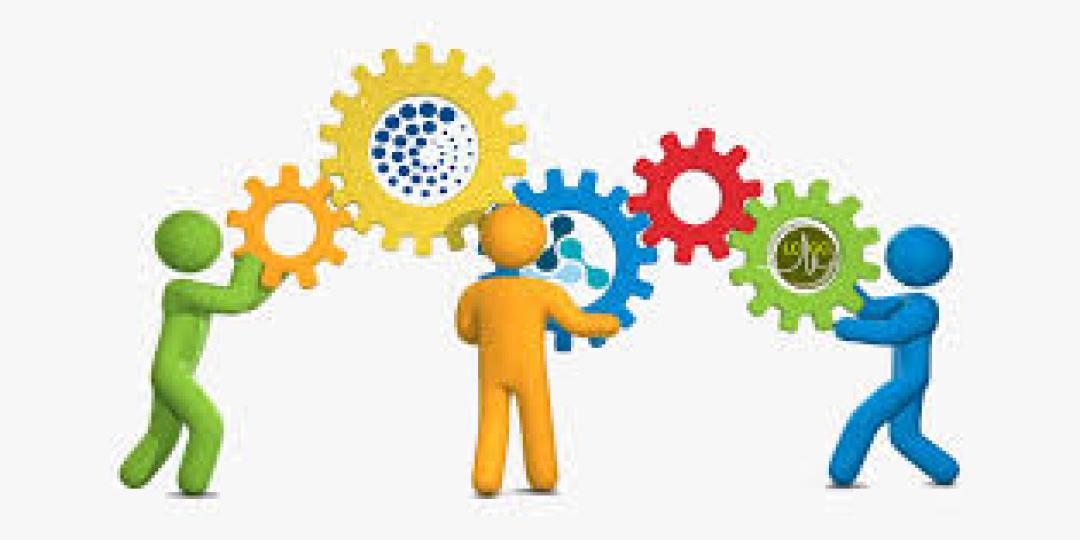 In this disruptive new world of work, organisational teams require support to become more efficient at delivering services. Critical to this is establishing a smarter level of integration across business units to better enable employees to fulfil their job functions, regardless of their physical location.
In this disruptive new world of work, organisational teams require support to become more efficient at delivering services. Critical to this is establishing a smarter level of integration across business units to better enable employees to fulfil their job functions, regardless of their physical location.
To be effective, companies require a system that enables them to track and manage all communications whether this is between teams or with customers themselves. This will help provide a clearer understanding of the immediate business priorities and how adept employees are at addressing key customer pain points.
But beyond the technology, there is a fundamental characteristic that sets high-performing teams apart from the others – a growth mindset. This typically entails not being afraid to take risks, embracing big goals requiring them to upskill themselves, and being open to new processes, tools, and methodologies that move beyond legacy approaches. Tying this together are solutions designed with a digital way of work in mind that not only combines innovative technologies but also give teams the ability to remain engaged between themselves and their customers.
For instance, some companies still rely on using emails to manage customer complaints. Depending on the size of the organisation, these can easily reach the thousands in a short space of time. Now, imagine trying to create reports on complaints that cover all areas of the business and doing so in as close to real-time as possible.
With the right collaborative tools in place, an organisation can perform a deep dive into all its workflows, examine the different types of complaints, and create specific processes for each of them while automating the reporting function along the way. This not only makes teams more efficient, but the resultant improvements in customer satisfaction will inevitably lead to less churn and more revenue opportunities.
Even though there are a plethora of collaboration tools available on the market, selecting the right one that provides a single source of truth becomes critical. This solution must account for how teams are working internally while also managing customers externally.
Beyond the traditional
And when it comes to feedback, teams must also evolve with the times. The traditional way of receiving feedback, reflecting on it, planning, and then taking action can take too long to effect meaningful change. This is where micro-feedback through small corrections, reactions and check-ins can positively influence team behaviour.
What makes this micro-feedback work so effectively is that it is placed in the context of the overarching company goal. So, in addition to informal context-sharing sessions, teams and their managers should use long-form goal setting, feedback sessions and sparring sessions to create shared context.
Doing so helps create an enabling environment where technology can be leveraged to facilitate meaningful change. This is especially important when many team members are not in a centralised location such as the office. Managers can use certain trigger words on collaboration platforms to provide team members with the appropriate micro-feedback, for example ‘speed up’, ‘dive deeper’, ‘higher level’, and so on.
Teamwork takes on an entirely new meaning in a distributed work environment. Those companies best able to adapt to the processes, technologies and organisational approaches required will be the ones driving meaningful engagement between teams and their customers in a new normal.
Go to https://smarterteams.co.za/ and reach out to us.















